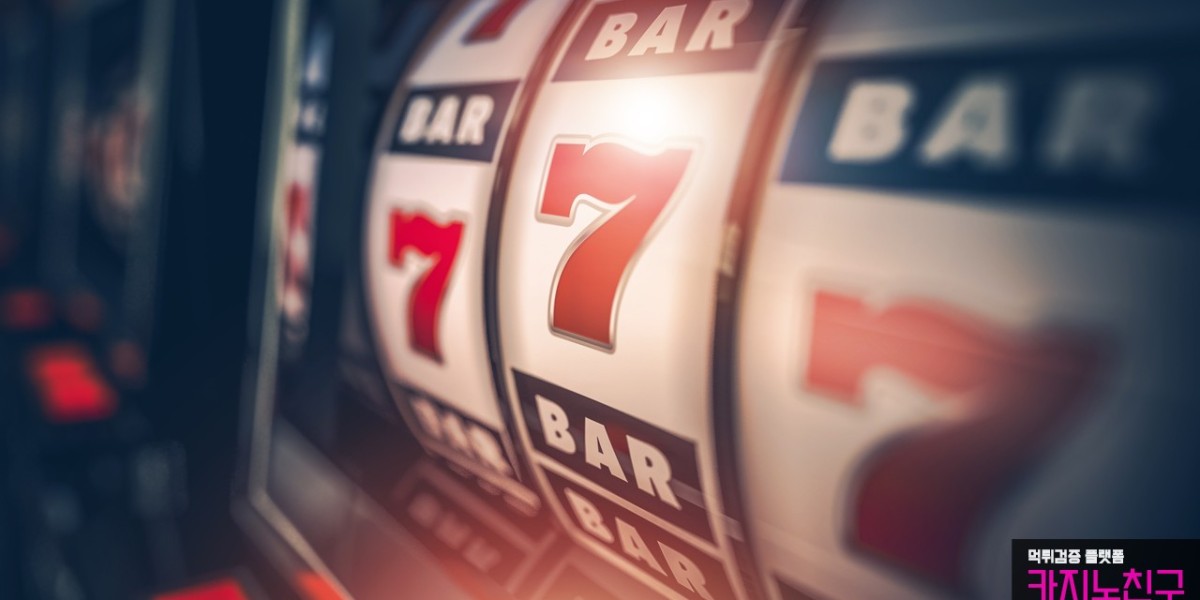In modern industrial winding systems, maintaining accurate tension is vital, and the Tension Controller plays a central role in ensuring production quality and process efficiency. Whether in paper converting, film processing, textile winding, or cable extrusion, consistent tension reduces defects, improves machine life, and enhances the uniformity of the final product.
Tension in web-based manufacturing must remain stable to prevent wrinkles, stretching, or snapping. The controller constantly adjusts braking or motor torque, depending on the feedback from tension sensors or load cells. A high-quality system ensures fast response and fine adjustments in real-time. Manufacturers dealing with different materials — from delicate foils to tough plastic films — rely on this precision to maintain quality control and operational safety.
The working principle of a tension controller depends on monitoring actual web tension and making corrections when deviations are detected. It can operate in open-loop, closed-loop, or semi-closed-loop modes, depending on the setup and feedback integration. Open-loop systems may use diameter-based calculation, while closed-loop systems employ feedback sensors for more accurate control.
There are two main types of tension control systems: manual and automatic. Manual types require constant human intervention, making them more suitable for simple applications. In contrast, automatic systems use advanced electronics to self-adjust and maintain stable tension, minimizing downtime and human error. Many modern controllers now incorporate digital interfaces and programmable logic, allowing greater customization and remote monitoring.
Industries like flexible packaging, aluminum foil rolling, or lithium battery film production have extremely low tolerance for tension errors. In these sectors, a stable tension environment prevents tearing, misalignment, and edge damage. Furthermore, precise tension control ensures better lamination, coating uniformity, and slitting accuracy, all of which affect downstream processing.
The installation and calibration of a tension controller are also crucial. Engineers must correctly configure the gain, sensor range, motor characteristics, and web path to ensure optimal performance. A mismatch between these variables can cause overcorrection, oscillation, or sluggish response — all of which reduce product quality.
Moreover, as industrial automation evolves, advanced tension controllers are now being integrated into centralized control systems via Ethernet or fieldbus protocols. This allows synchronized control between multiple components, including drives, brakes, and rollers. It not only improves workflow coordination but also enhances traceability and maintenance.
In summary, investing in a reliable and properly configured tension control solution is essential for companies aiming for higher production standards, waste reduction, and safer operations. With evolving materials and increasing production speeds, the need for responsive and intelligent tension control will only grow.
For more information about the applications and types of tension control systems, visit https://www.cbbmachine.com/news/industry-news/tension-controller-types-importance-applications-and-more.html








